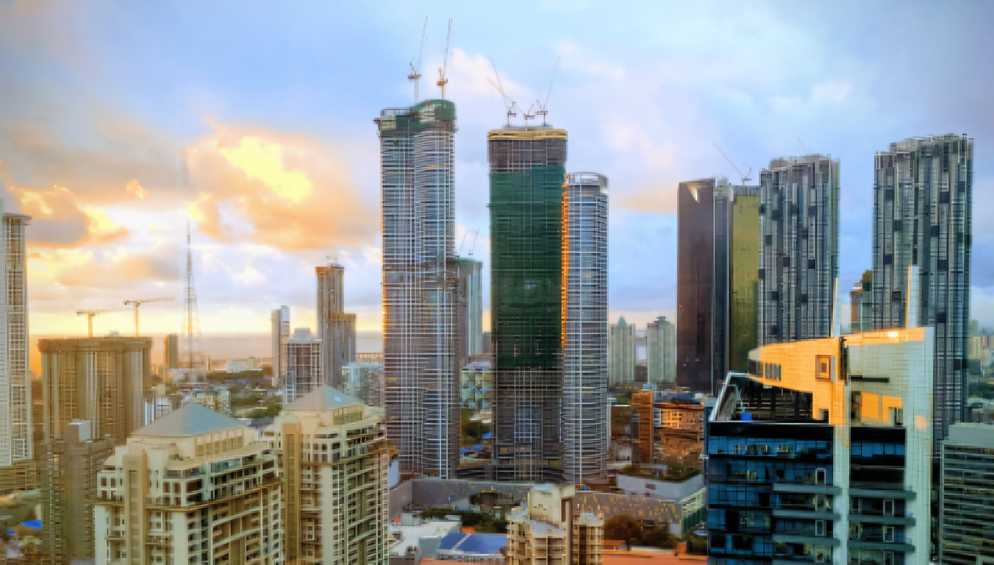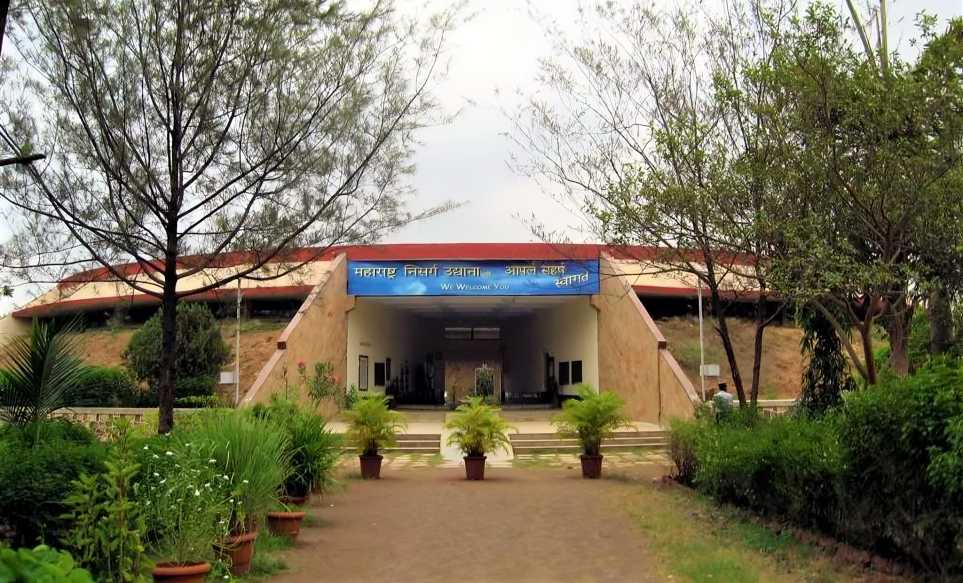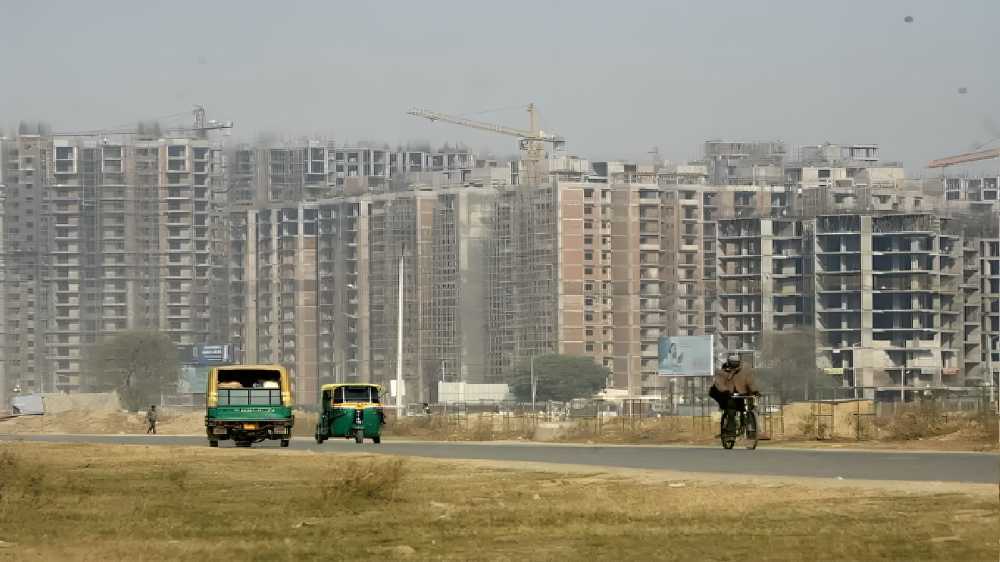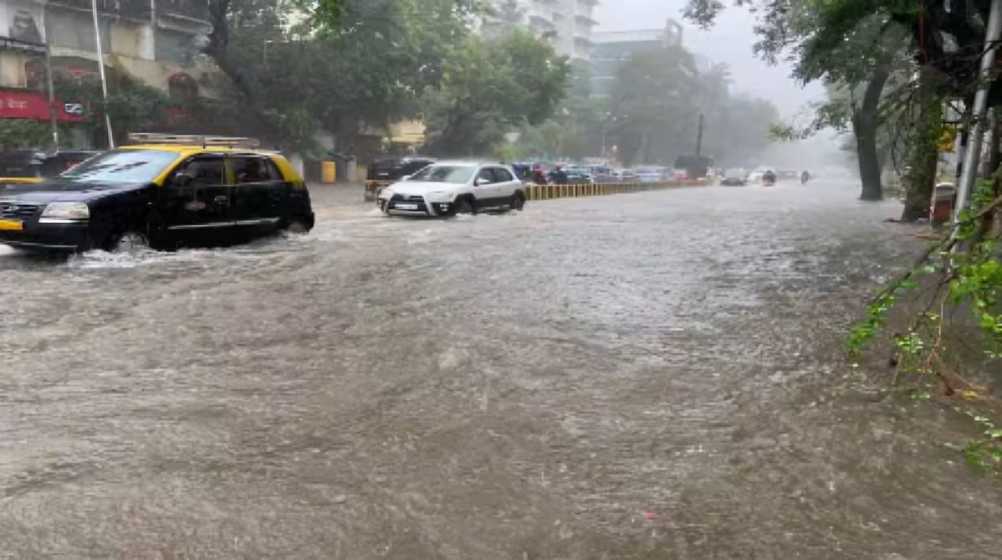Sidhant Shekhar Jha
November 15, 2025: Mumbai is entering a new era of urban living, where drone technology, automated aerial delivery systems integrated into residential buildings, is reshaping the logistics landscape. This innovation supports the city’s growing vertical development by enabling faster, safer, and more efficient delivery of goods directly to high-rise apartments.
At its core, drone technology in residential real estate involves automated aerial delivery systems integrated into buildings through dedicated landing pads, secure drop-off portals, charging docks, and digital routing systems. These features allow drones to deliver medicines, documents, food, and essential supplies directly to high-rise towers—reducing waiting times and bypassing congested ground traffic.
This technology offers several key benefits for Mumbai’s real estate sector. It reduces delivery times for essential goods, eases congestion in crowded building entrances, enhances emergency responsiveness, and provides a seamless, contactless delivery experience. Such improvements make vertical living more convenient, efficient, and safe, directly addressing challenges posed by the city’s density and traffic conditions.
This shift arrives at a time when Mumbai’s housing market remains stable. The city recorded 19,044 new launches and 14,980 sales in Q2 2025, with average prices hovering around Rs 21,318 per sq. ft. The demand reflects a buyer base increasingly prioritising convenience, speed, and futuristic amenities.
According to Samyak Jain, Director, Siddha Group, the push toward tech-forward living is reshaping expectations: “Homebuyers today want spaces that feel connected to the future. Drone delivery is not just a convenience feature; it represents the direction in which Mumbai’s modern real estate is moving.”
Investor confidence mirrors this shift. Mumbai attracted over USD 1.2 billion in institutional investment in the first nine months of 2025—its fourth consecutive year crossing the billion-dollar mark. As developers look for differentiators in a competitive market, advanced logistics technology is becoming core to future-ready design.
“With the pace at which drone-tech is growing, it’s only natural that future developments will incorporate drone-compatible design elements such as landing pads and charging stations. We see this as an opportunity to make projects more efficient, safe, and prepared for new-age logistics,” Jain added.
The result is a redesign of residential planning. In a city defined by verticality, drones introduce a new logistics layer—reducing dependency on ground transport for last-mile movement, lowering congestion at building entrances, and enhancing emergency responsiveness.
Tech players view Mumbai as uniquely suited for this leap. “Mumbai is a vertical city, and that’s exactly where drones operate best. In dense urban environments, drones can transform last-mile movement by reducing dependency on ground traffic,” said Ankit Kumar, Founder & CEO, SkyeAir Technologies.
As collaboration between developers and tech companies strengthens, drone corridors, rooftop nodes, and secure delivery ports are beginning to surface in early-stage design discussions across mid-segment and premium projects.
“We are already seeing growing interest from real estate players. Buildings designed with drone integration in mind will offer a safer, faster and more seamless experience for residents, and this will eventually become the norm,” Kumar said.
With 84,200 unsold units in Q2 2025, though on a declining trend, developers are recognising that technology will be a key market differentiator. As Mumbai moves toward 2026, its housing landscape is shifting toward solutions that blend vertical living with seamless, tech-enabled convenience—marking the beginning of a high-rise ecosystem built for high-tech urban life.
Looking ahead, drone technology is set to become a standard feature in Mumbai’s residential developments, driving innovation in urban living and setting new benchmarks for convenience, safety, and sustainability.





